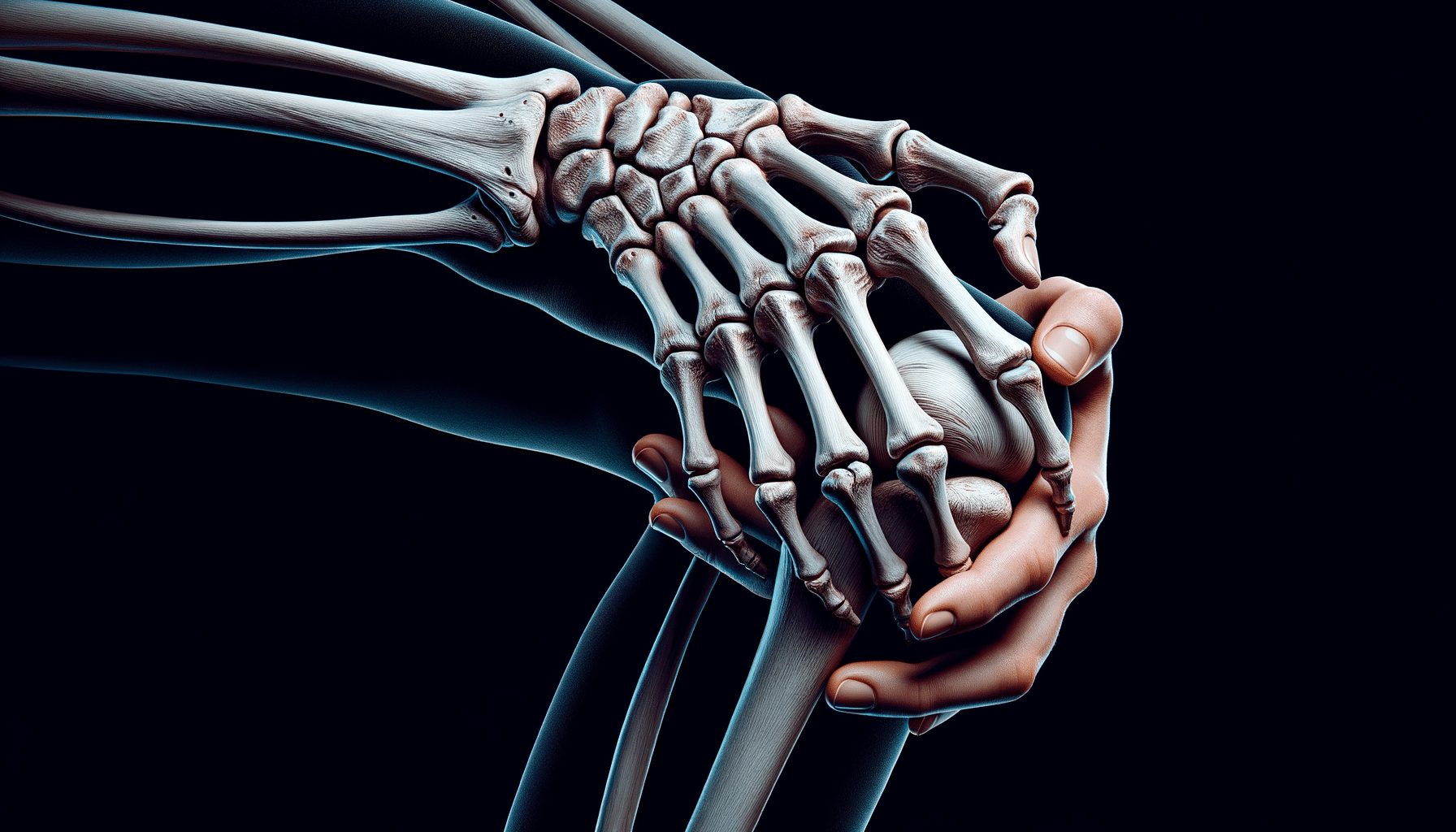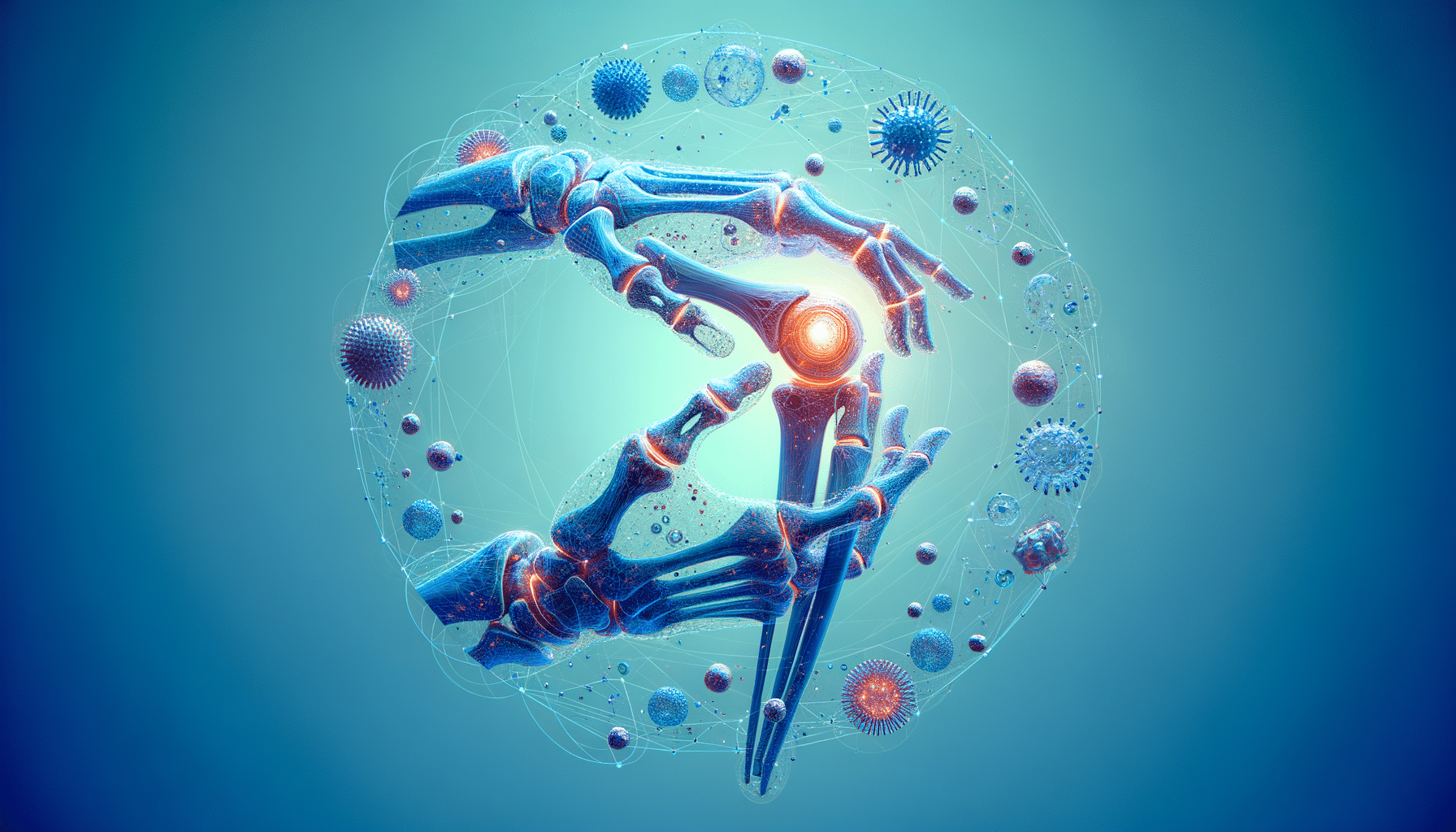
Struggling with joint pain? Explore your options for relief.
Understanding Joint Pain: Causes and Symptoms
Joint pain is a common ailment that affects millions of people worldwide. It can range from a mild annoyance to a debilitating condition that affects daily activities. The causes of joint pain are varied, including injuries, inflammation, and chronic conditions such as arthritis. Understanding the root cause of your joint pain is crucial for effective treatment and management.
Common causes of joint pain include:
- Osteoarthritis: This degenerative joint disease results from the wear and tear of cartilage, leading to pain and stiffness.
- Rheumatoid Arthritis: An autoimmune disorder that causes inflammation in the joints, resulting in pain and swelling.
- Injuries: Sprains, strains, and fractures can lead to temporary or chronic joint pain.
- Gout: A form of arthritis characterized by sudden, severe attacks of pain and swelling, typically in the big toe.
- Bursitis: Inflammation of the bursae, small fluid-filled sacs that cushion the bones, tendons, and muscles near your joints.
Symptoms of joint pain can include swelling, stiffness, redness, and a decreased range of motion. These symptoms can vary in intensity and duration, affecting one or multiple joints. Identifying the specific symptoms and their triggers can help in tailoring a suitable treatment plan.
Non-Surgical Treatment Options for Joint Pain
For many individuals, non-surgical treatments can provide significant relief from joint pain. These options are often the first line of defense and can be highly effective in managing symptoms and improving quality of life. Here are some commonly recommended non-surgical treatments:
- Physical Therapy: Tailored exercises and stretches can improve flexibility, strengthen muscles around the joints, and reduce pain.
- Medications: Over-the-counter pain relievers like acetaminophen and nonsteroidal anti-inflammatory drugs (NSAIDs) can help alleviate pain and reduce inflammation.
- Topical Treatments: Creams and ointments containing capsaicin or menthol can provide localized relief.
- Injections: Corticosteroid injections can reduce inflammation and pain in the affected joints.
- Lifestyle Modifications: Weight management, low-impact exercises, and dietary changes can play a crucial role in managing joint pain.
These treatments can be used individually or in combination, depending on the severity of the pain and the underlying cause. Consulting with a healthcare professional is essential to determine the most appropriate treatment plan.
Surgical Interventions: When to Consider Surgery
While non-surgical treatments can be effective for many, there are instances where surgical intervention may be necessary. Surgery is usually considered when joint pain significantly impacts quality of life and other treatments have failed to provide relief. Some common surgical options include:
- Arthroscopy: A minimally invasive procedure used to diagnose and treat joint problems, such as repairing damaged cartilage or removing loose fragments.
- Joint Replacement: In cases of severe joint damage, replacing the joint with an artificial one can restore function and alleviate pain.
- Osteotomy: This procedure involves cutting and reshaping bones to relieve pressure on the joint.
Surgical options come with their own risks and recovery times, and the decision to undergo surgery should be made after thorough consultation with an orthopedic specialist. Understanding the potential benefits and limitations of surgery is crucial for making an informed decision.
Alternative and Complementary Therapies for Joint Pain
In addition to conventional medical treatments, many individuals explore alternative and complementary therapies for joint pain relief. These therapies can offer additional benefits and are often used alongside traditional treatments to enhance overall well-being. Some popular alternative therapies include:
- Acupuncture: This ancient Chinese practice involves inserting thin needles into specific points on the body to relieve pain and promote healing.
- Massage Therapy: Regular massages can help reduce muscle tension, improve circulation, and alleviate joint pain.
- Chiropractic Care: Chiropractors use manual adjustments to improve joint function and relieve pain.
- Herbal Supplements: Certain herbs, such as turmeric and ginger, have anti-inflammatory properties that may help reduce joint pain.
While these therapies can be beneficial, it’s important to consult with a healthcare provider before starting any new treatment to ensure it is safe and appropriate for your specific condition.
Prevention and Lifestyle Changes for Joint Health
Preventing joint pain and maintaining joint health involves adopting a proactive approach to lifestyle and daily habits. By making certain changes, individuals can reduce the risk of joint pain and improve their overall joint health. Here are some key strategies:
- Maintain a Healthy Weight: Excess weight puts additional stress on joints, particularly weight-bearing ones like the knees and hips.
- Stay Active: Regular exercise, especially low-impact activities like swimming and cycling, can strengthen muscles and support joint health.
- Eat a Balanced Diet: A diet rich in omega-3 fatty acids, antioxidants, and vitamins can support joint health and reduce inflammation.
- Protect Your Joints: Use proper techniques when lifting heavy objects and wear supportive footwear to minimize joint strain.
By incorporating these practices into daily life, individuals can enhance their joint health and reduce the likelihood of experiencing joint pain in the future.


